The Problem
• Cruise ships are intense mobility hubs among people from all over the world, who can carry infectious agents.
• The problem is exacerbated as microbial diversity varies around the world. As a result, there is risk of exposing customers and staff to unknown pathogens with increased infectivity.
• The recent SARS-Cov2 pandemic has created a climate of insecurity towards the use of travelling and hotel services, especially when it involves using indoor public spaces.
• At the same time, citizens are now more aware and better informed about biosafety issues, and therefore more demanding from services provided to them.
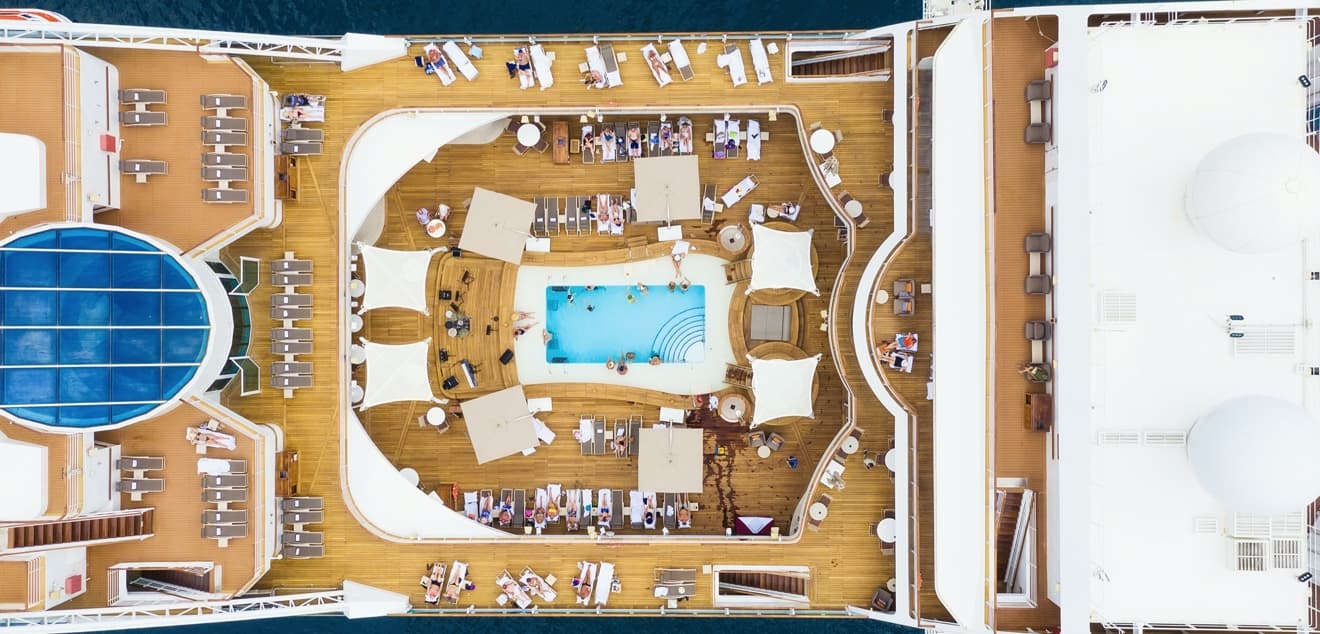
Proposed solution
Our main goal is to detect and monitor microbial communities located in public and non-public areas of the transportation hubs and to record hotspot areas and transmission patterns.
By constructing almost complete genomes from metagenomic samples, we are able to exhaustively identify all potential biological hazards as well as monitor their spread in cruise ships.
Monitoring pathogens in the environment in almost real time allows targeted and effective infection control measures.
The detection and monitoring of pathogens in indoor air, water as well as indoor and outdoor surfaces, provides a comprehensive record of the ship’s epidemiological state.
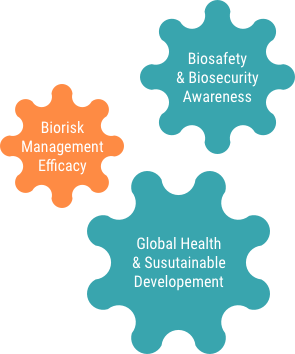
Air – Water – Surface Monitoring
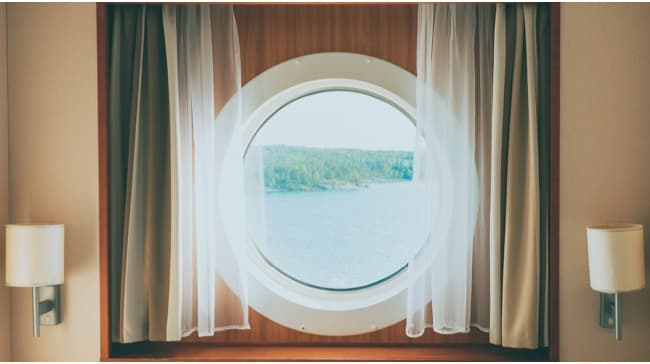
Cruiser rooms
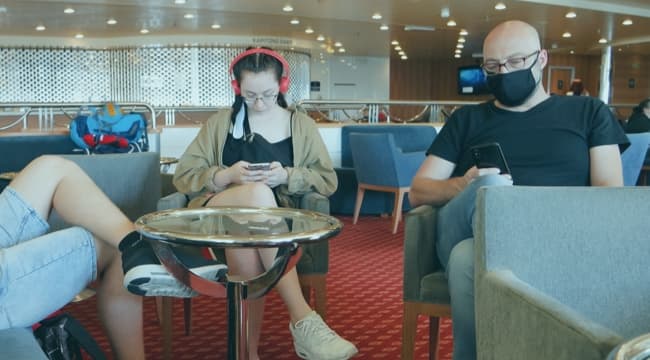
Indoor common areas
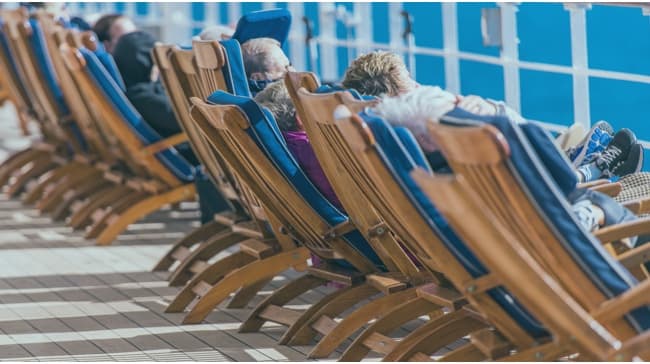
Outdoor common areas

Production facilities
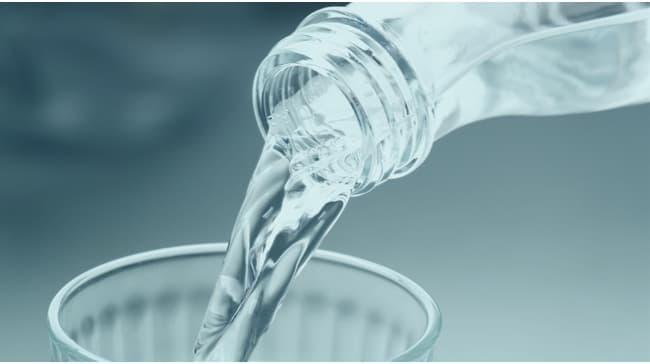
Water supply and wastewater
Benefits for the Luxury Cruise Ship

Identifying and monitoring the hotel’s microbial footprint will create a safe and trustworthy environment both for the staff and customers.

The cruiser administration will have imminent information of possible health threats and will be able to take the necessary measures.

The interactive result reports generated by the DNA sequence platform can be used for controls and to inform interested third parties.

